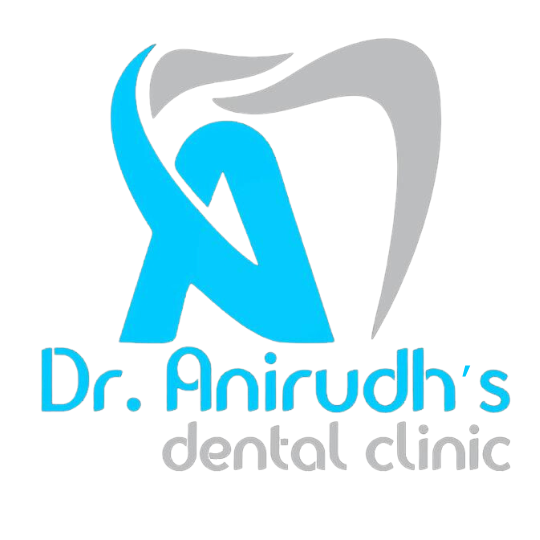
Tooth extraction is the forced removal of a tooth from the socket in the jaw bone, due to various reasons such as:
- Extensive tooth decay which can’t be restored
- Extensive tooth damage which can’t be repaired
- Extremely loose tooth
- Overcrowding of teeth in the mouth
- Tooth not able to erupt through the gum
- Baby teeth not falling out in time, to make way for the eruption of permanent teeth
- Impacted wisdom teeth which causes gum pain and swelling.
How is tooth extraction done?
Prior to extracting a tooth, the dentist takes a detailed medical history, especially your dental treatment history, if any, along with a list of the medications being taken daily. If any blood thinners are taken or one is allergic to any medicines it should be mentioned. The doctor may prescribe some antibiotics that may have to be taken prior to the extraction. An X-ray will be taken to determine the best way to extract the affected tooth.
The tooth removal is carried out under local anesthesia.
In certain cases, post the removal of tooth, stitches may be given which are removed after 5-7days.
Are there any post-treatment guidelines?
Some Do’s and Don’ts after a tooth extraction include:
- Take the painkiller and/ or antibiotics as prescribed.
- Bite down on the gauze for around 30 minutes.
- Do not spit, rinse, or brush your teeth for around 12 hours after the procedure.
- Brush your teeth after 24 hours of the procedure, but be sure to avoid the extraction site.
- Do not eat, drink or talk for the first two hours after the extraction.
- Rinse your mouth with salt water 24 hours after the procedure.
- Do not use a straw to drink during the first 24 hours after the extraction.
- Drink plenty of cold liquids after the bleeding subsides.
- Take soft, non spicy foods at room temperature till the next day after the procedure. Gradually move to solid foods as the bleeding subsides and the area begins to heal.

